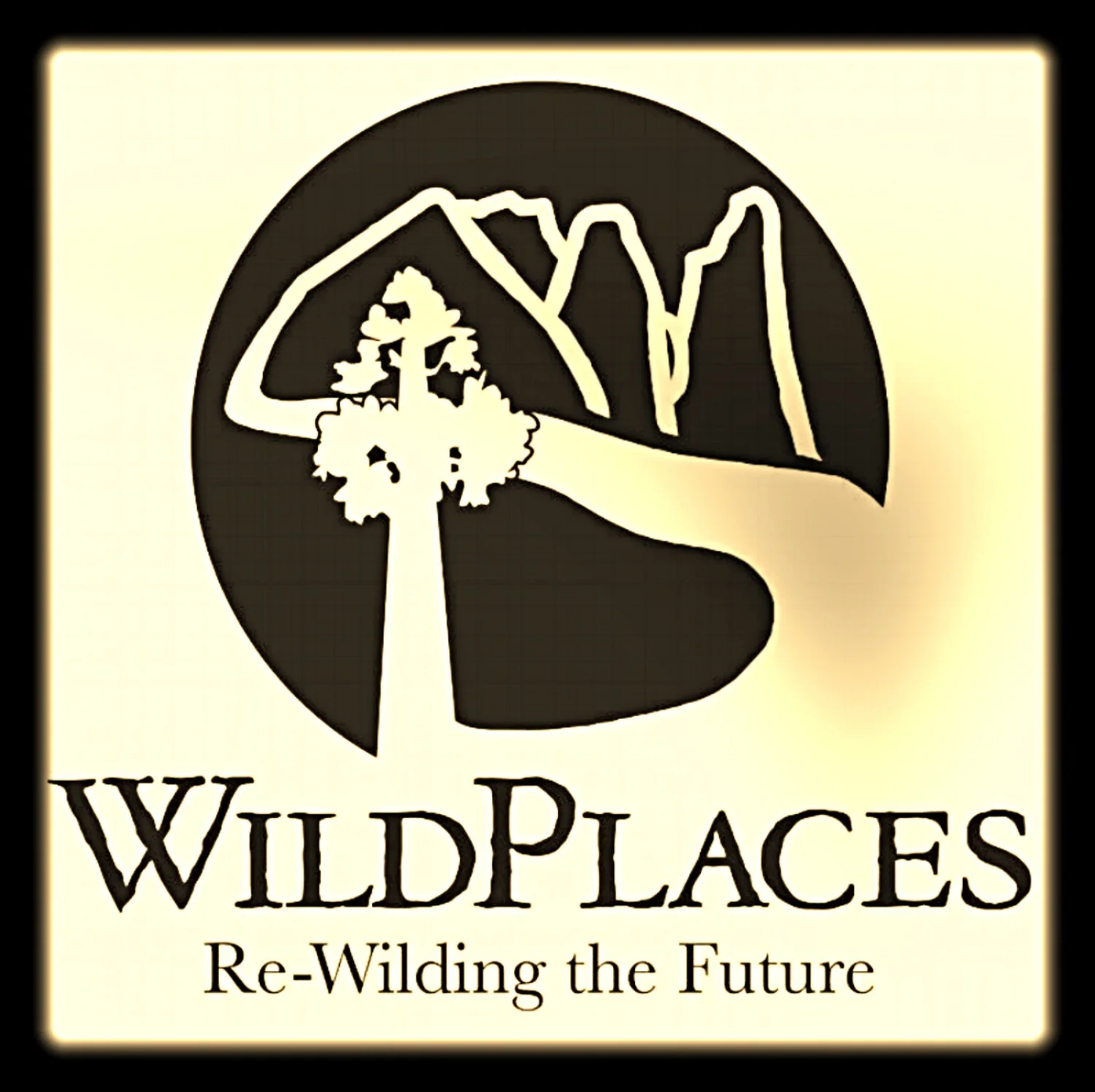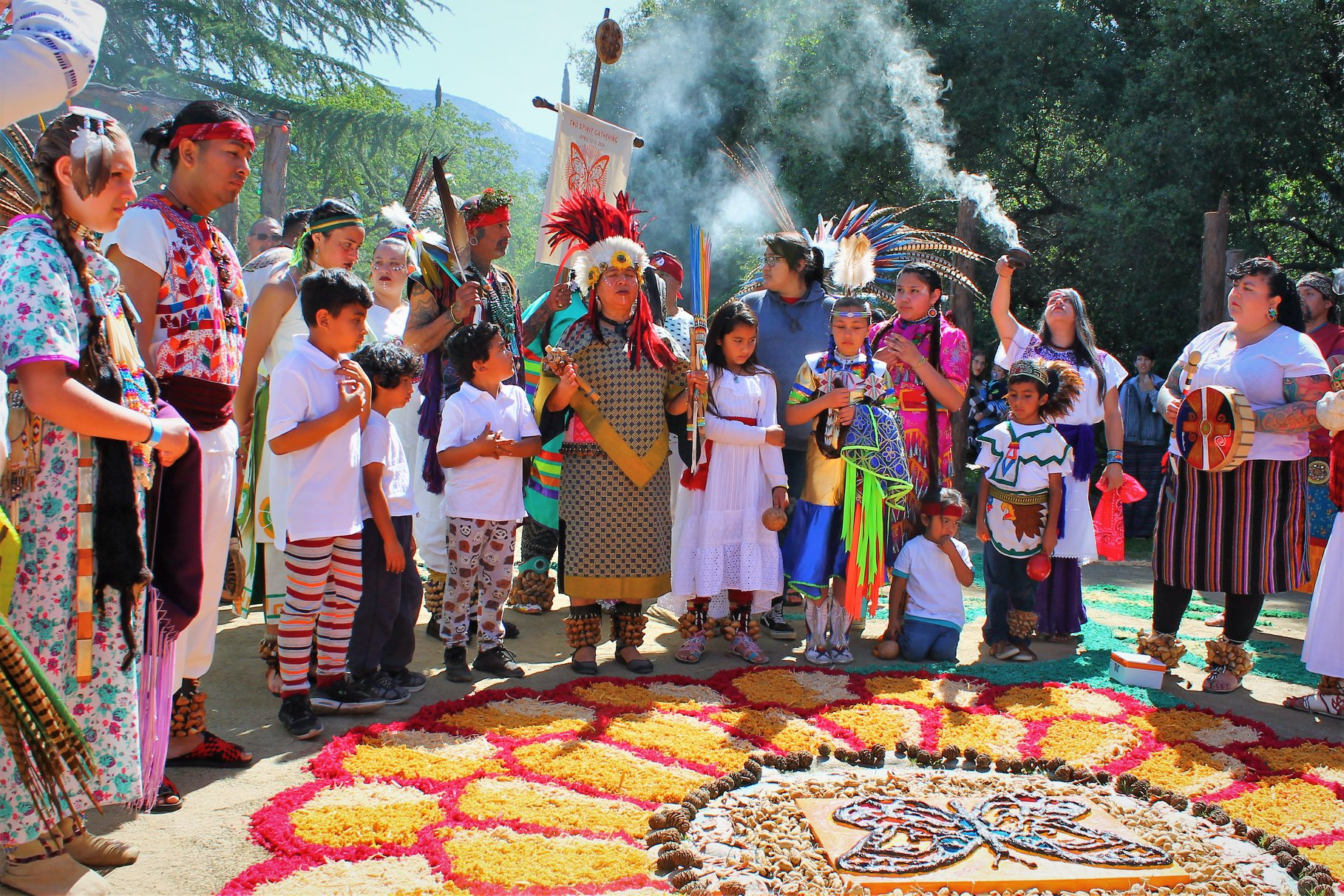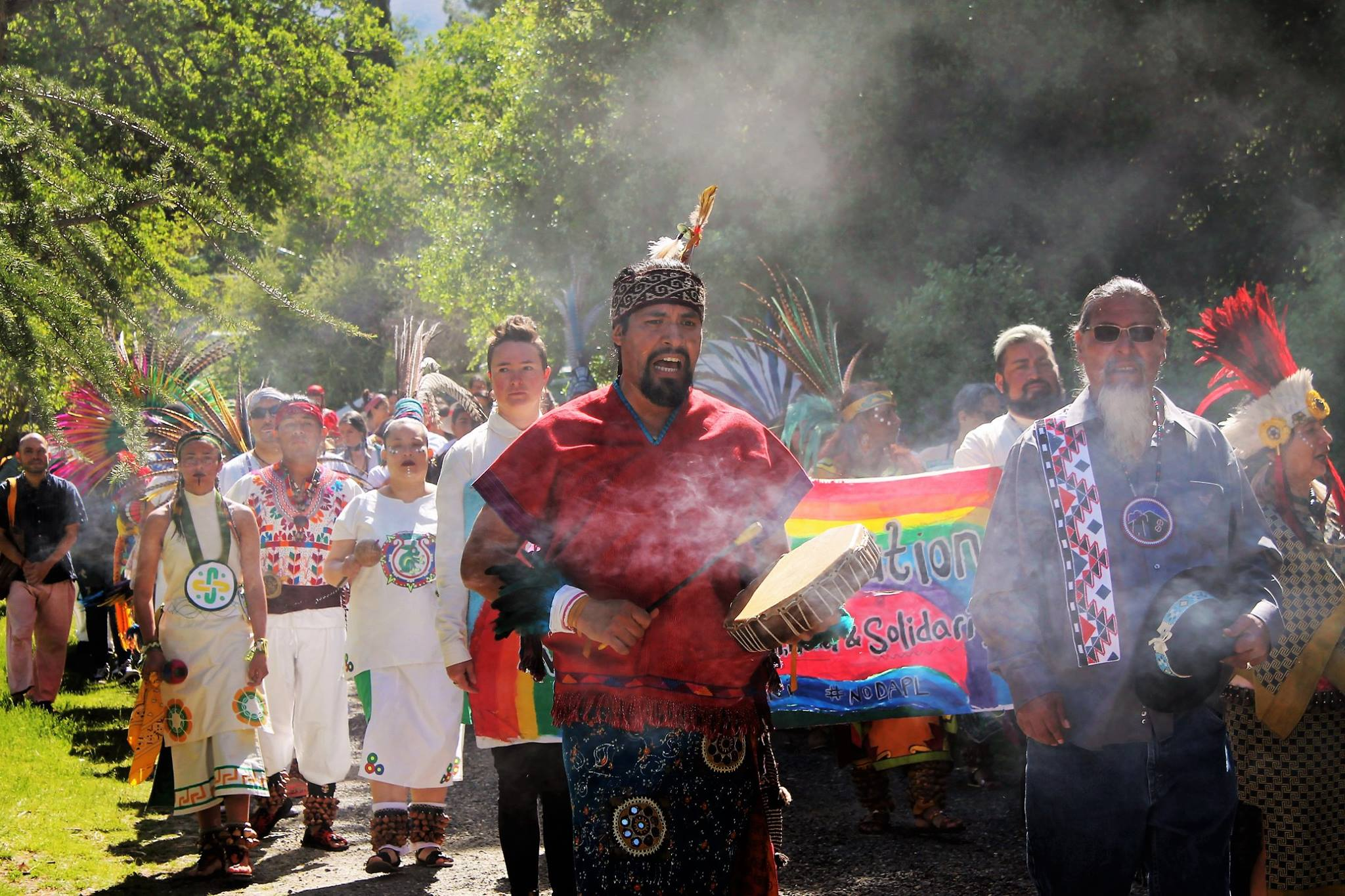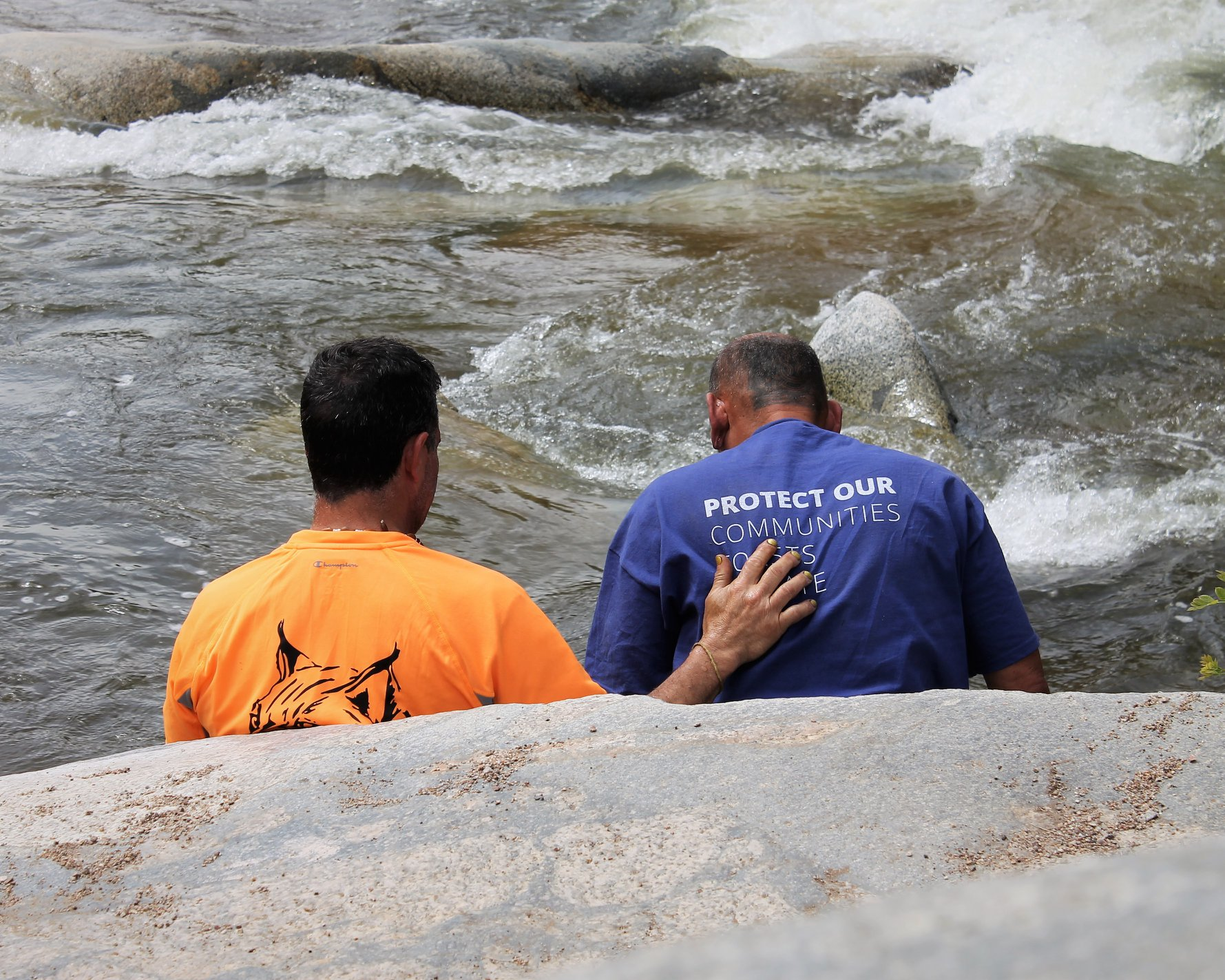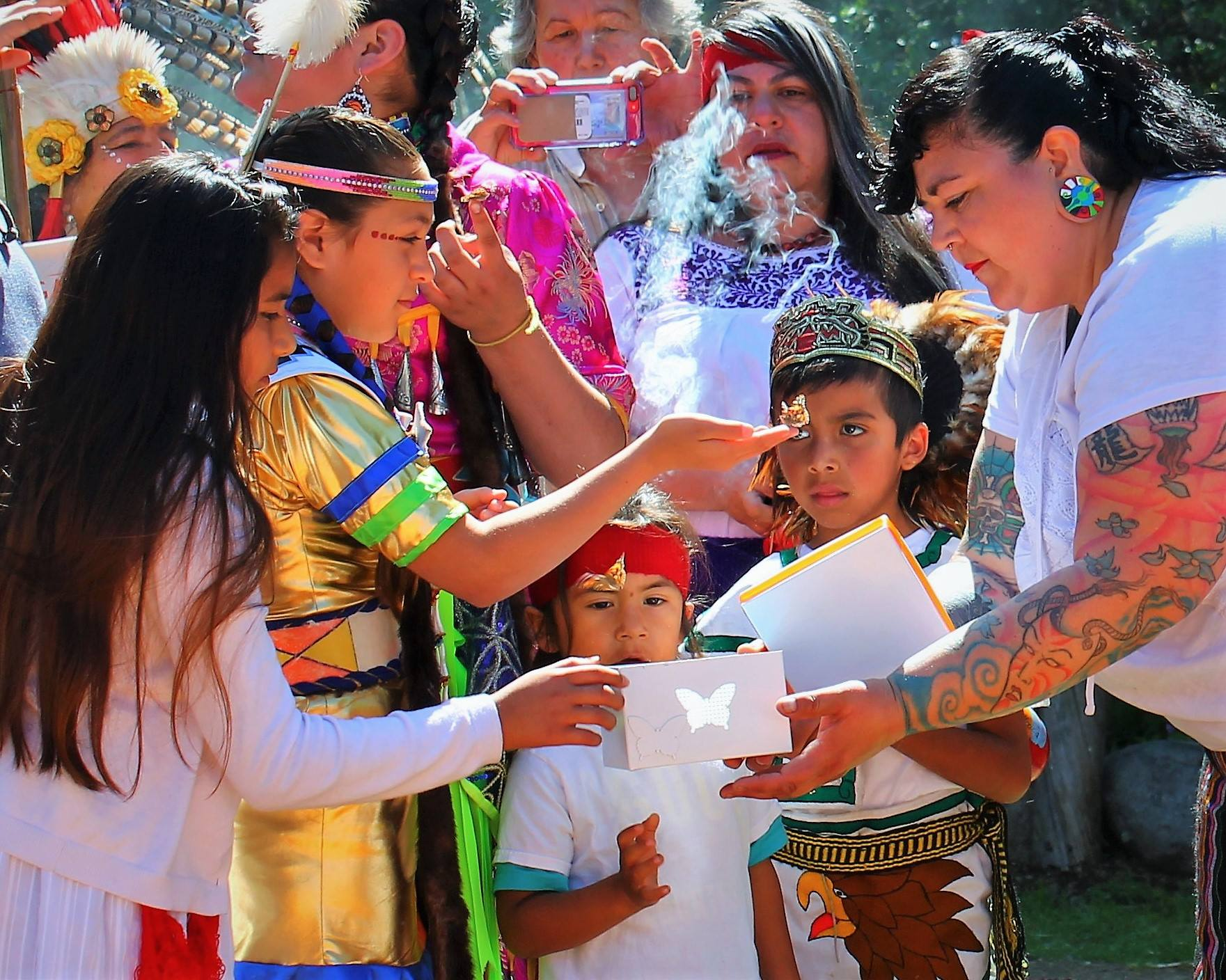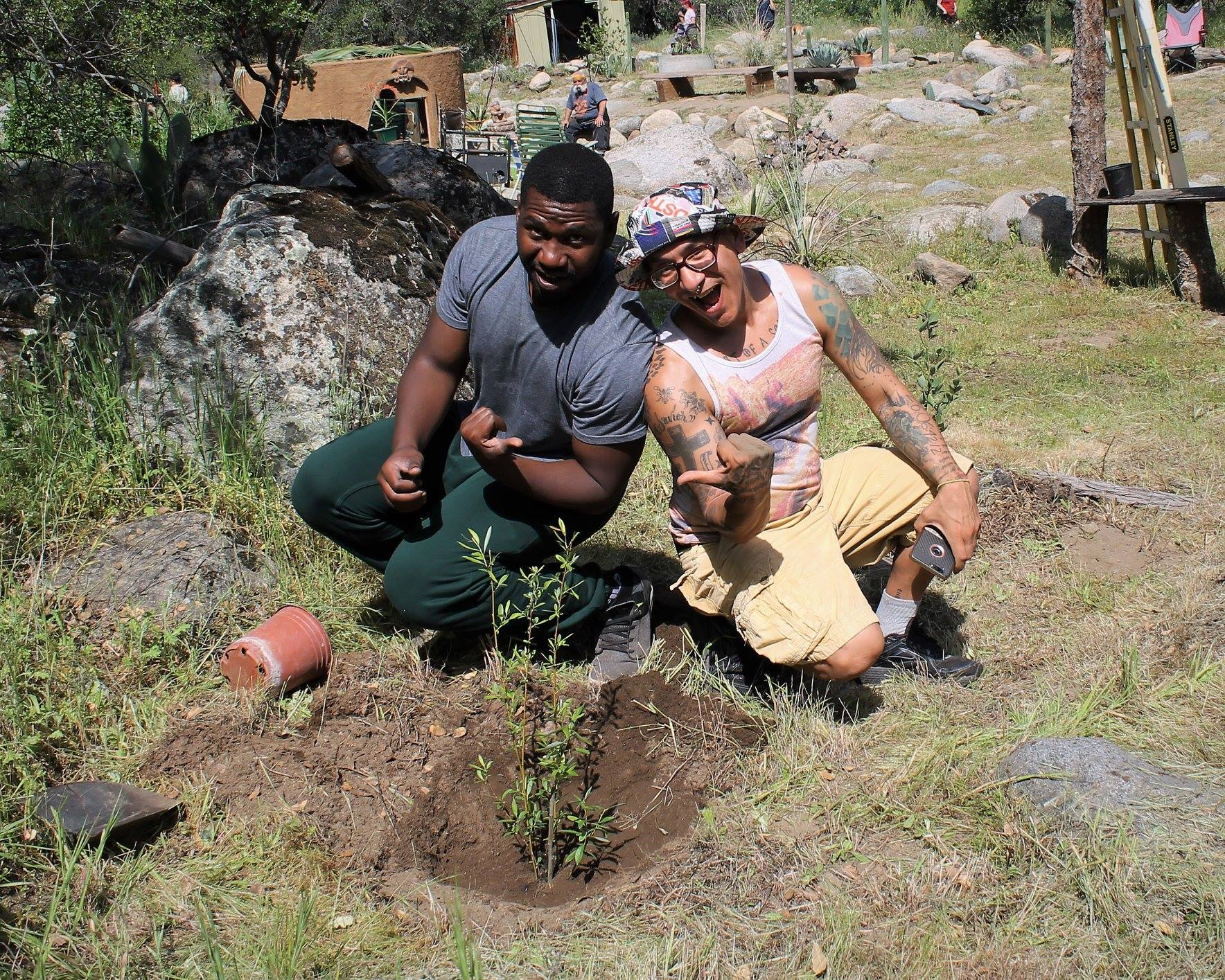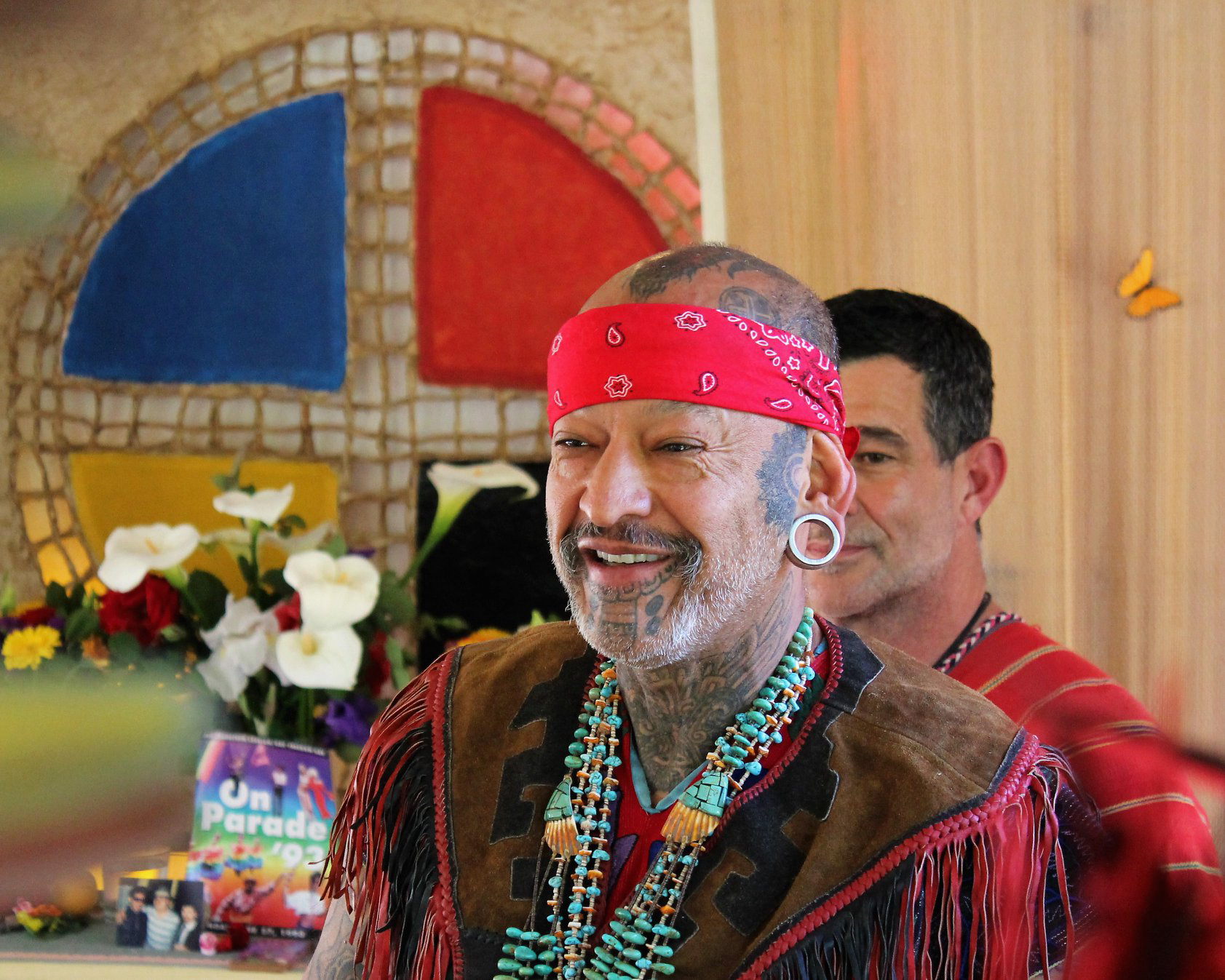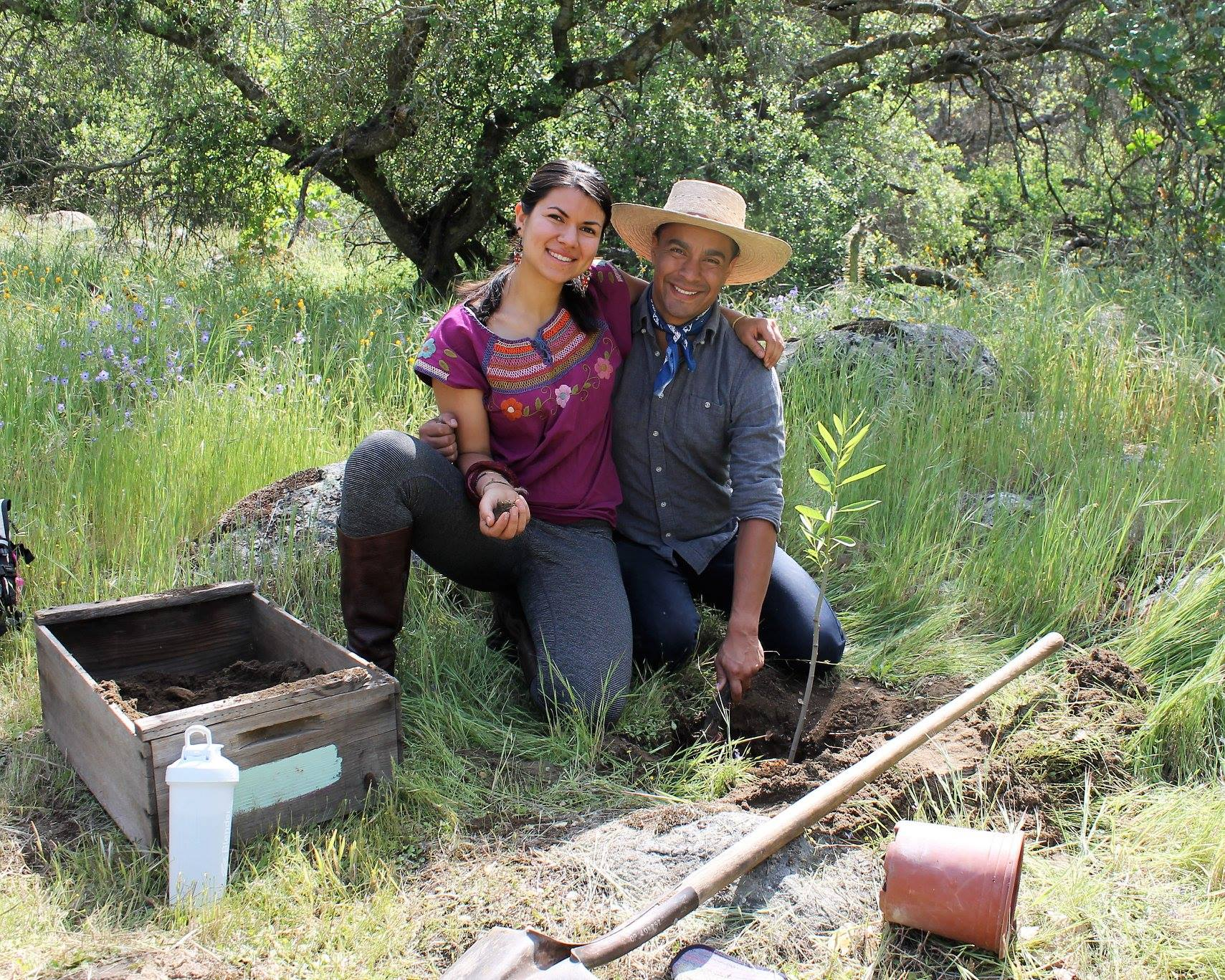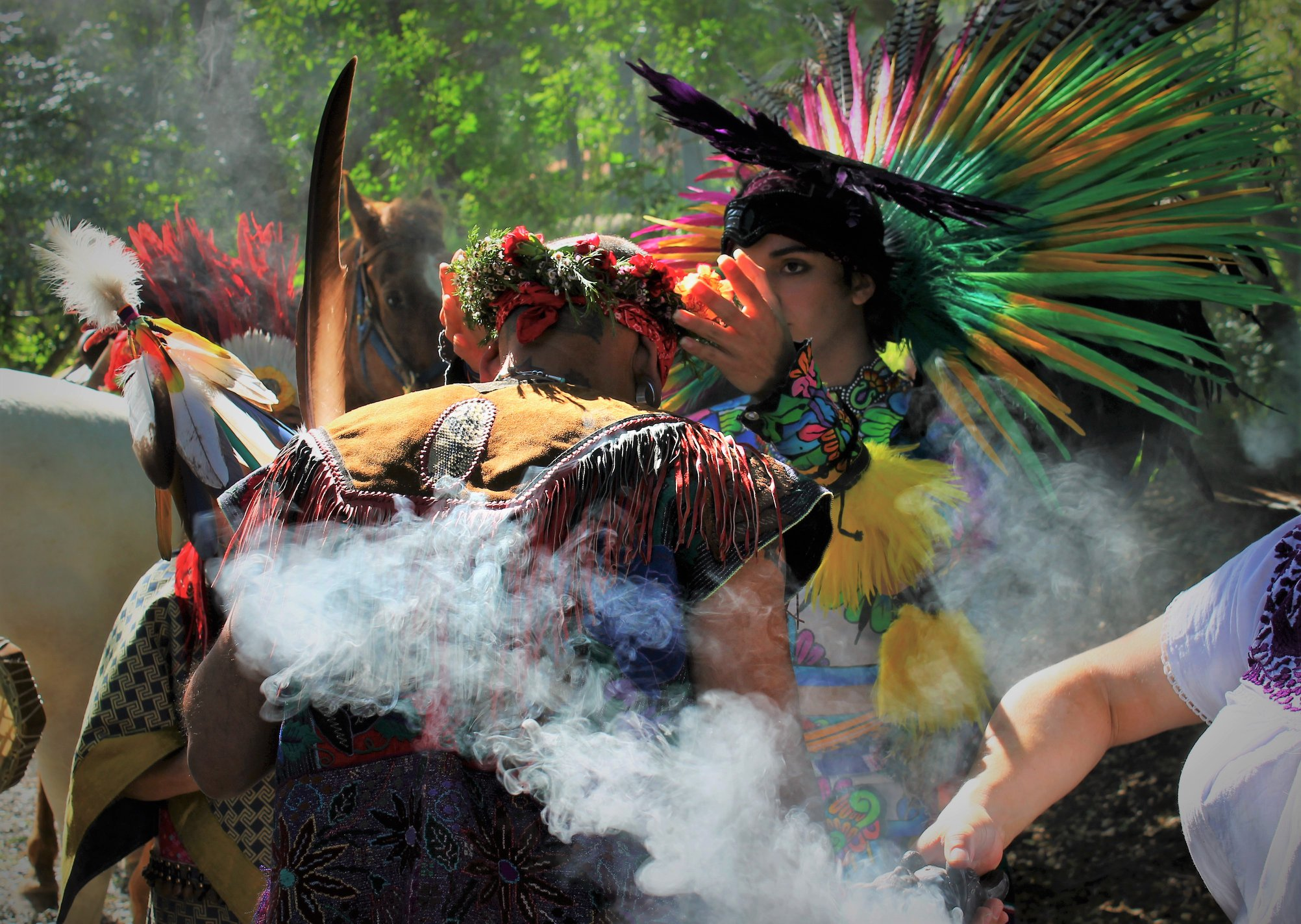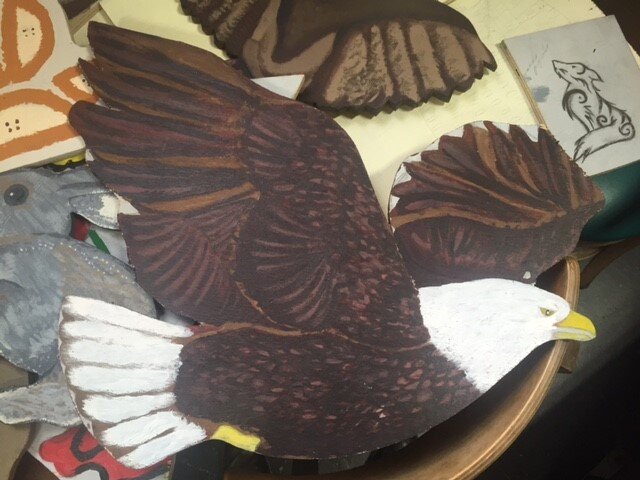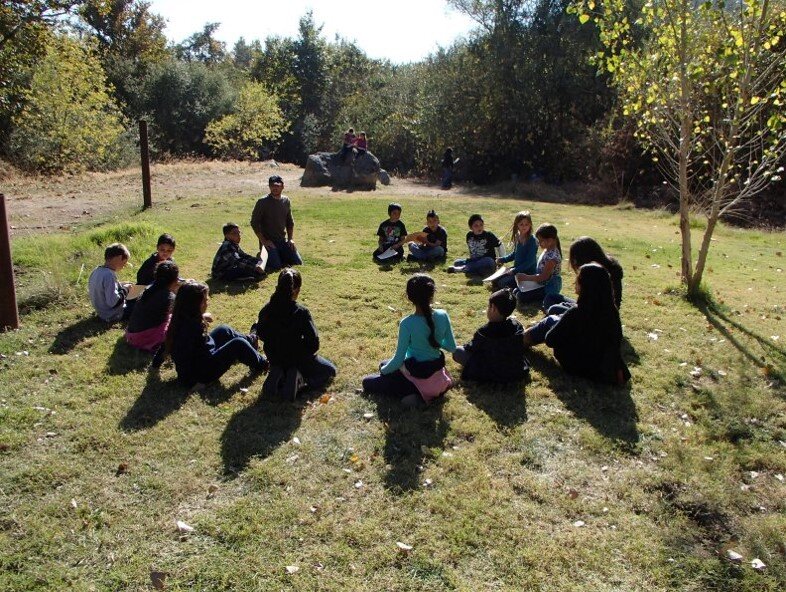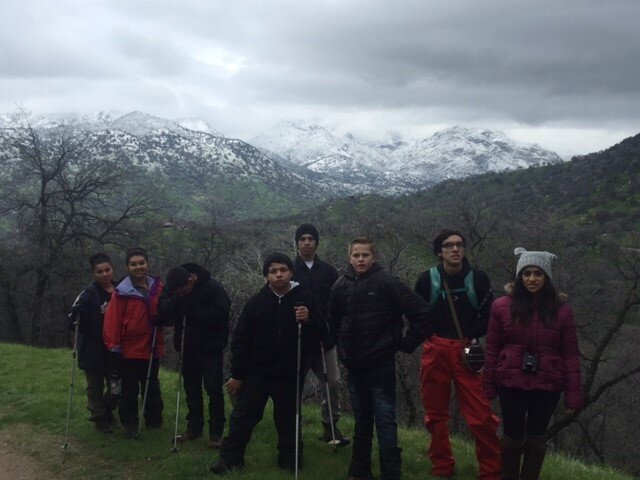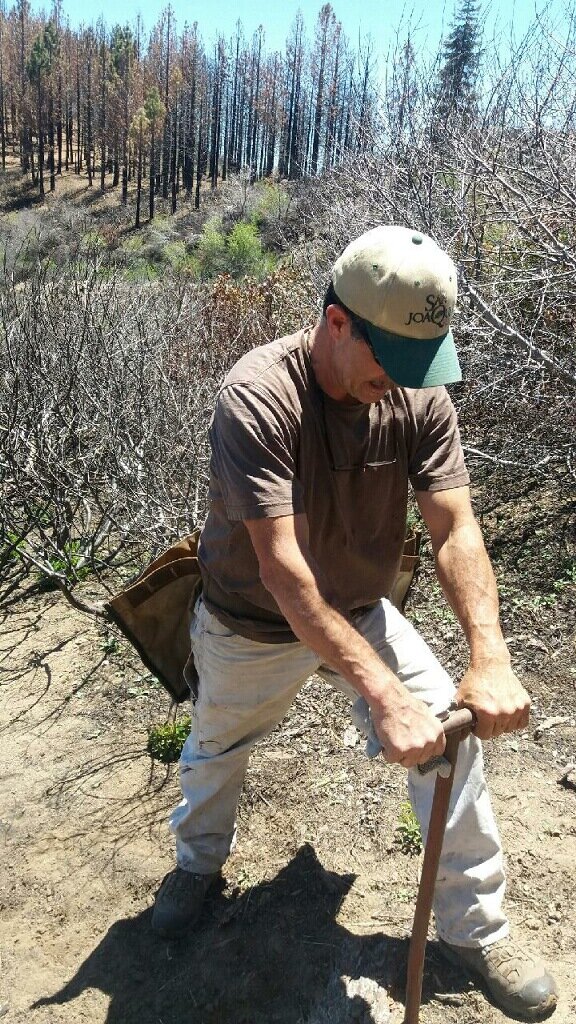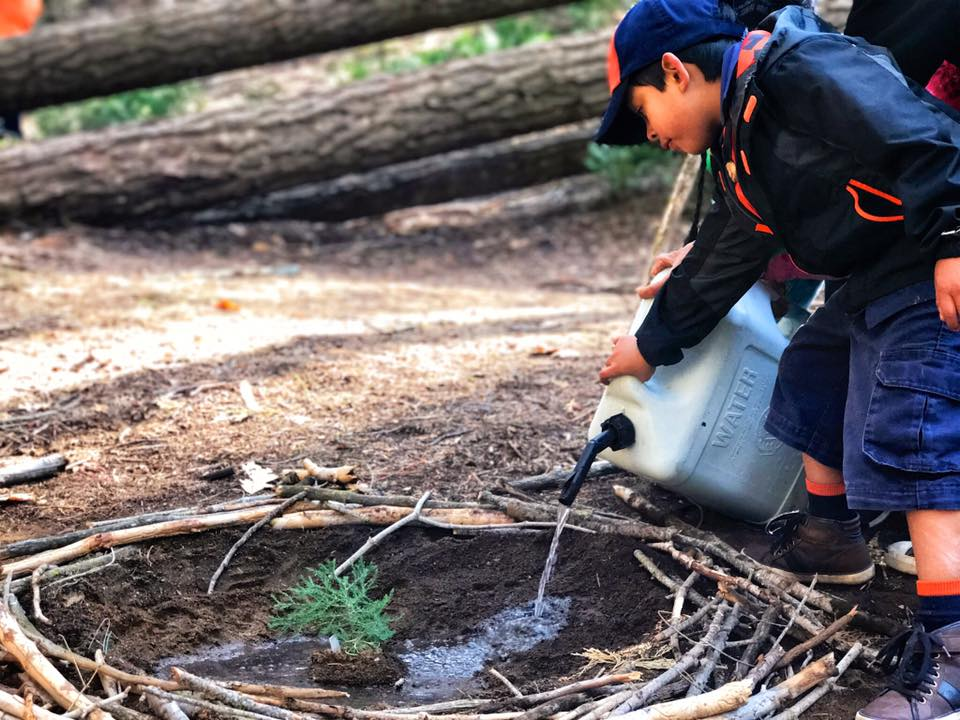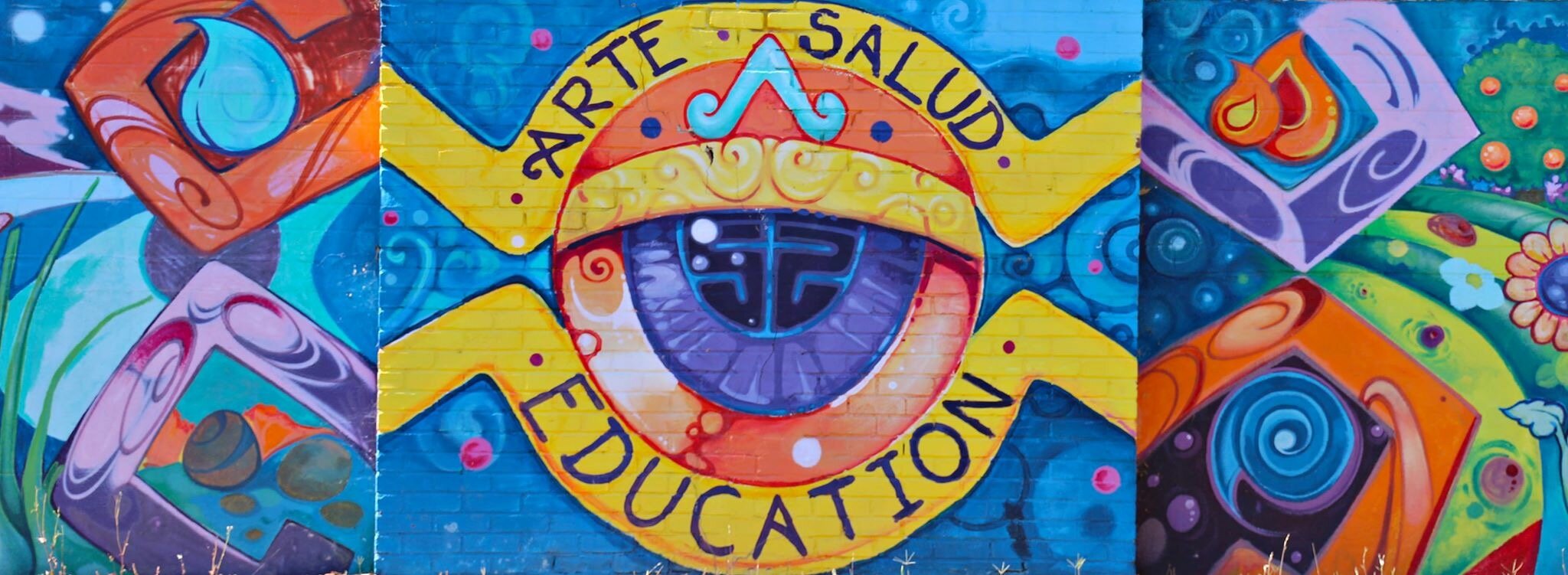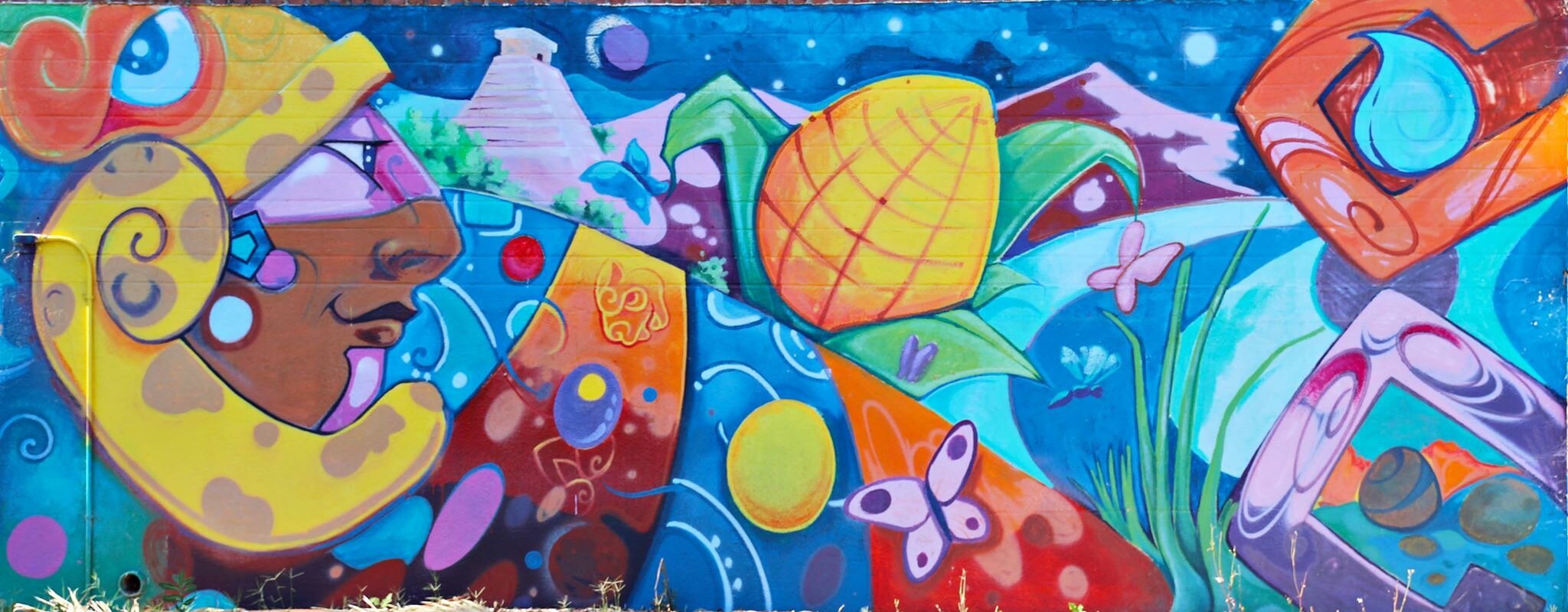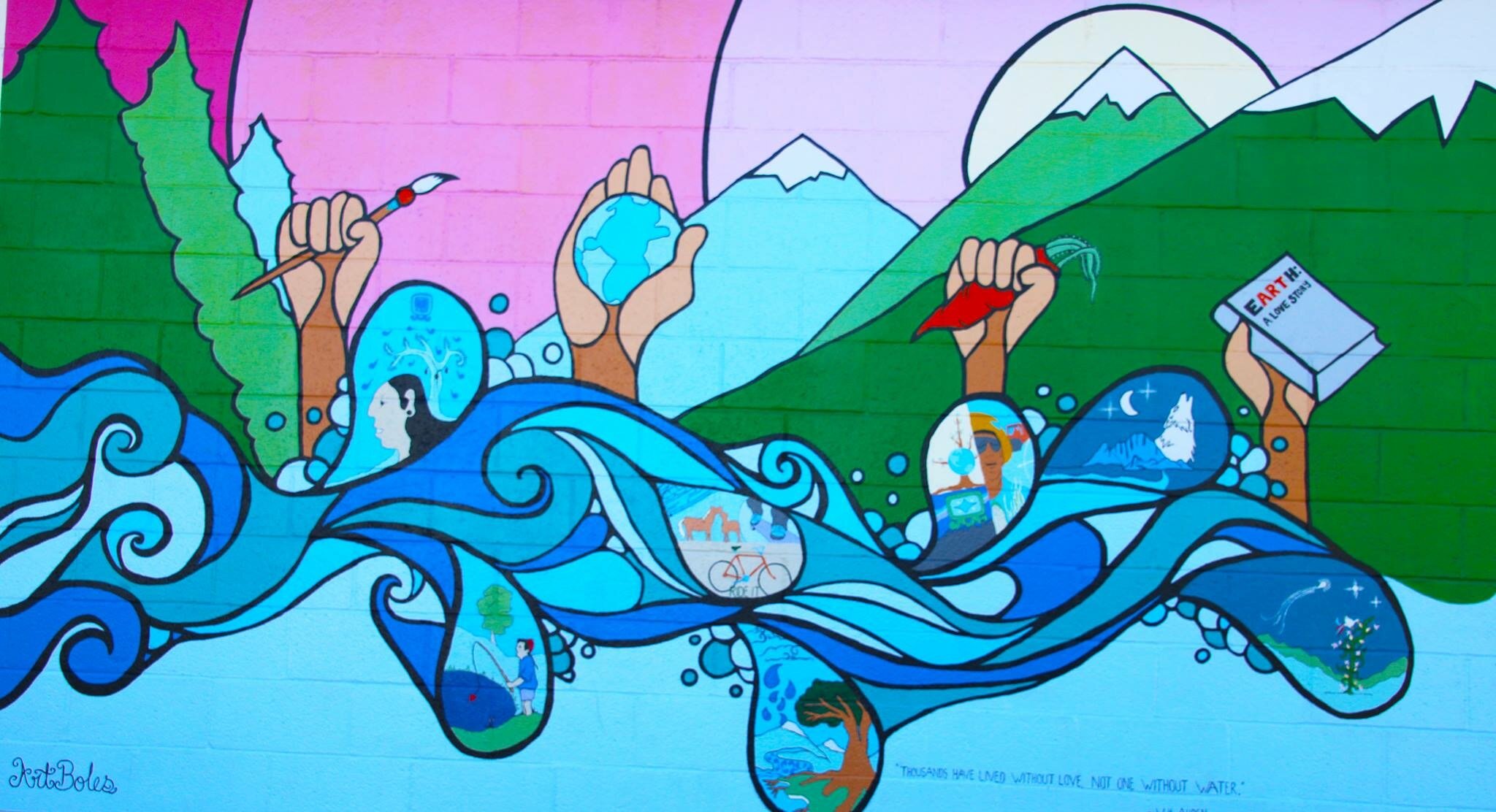Identifying with one's culture combined with understanding and respect for our neighbors, their ways, and for Nature are the foundations of WildPlaces’ Art and Culture Identity Program. Combined with hands-on restorative action in Nature, the program achieves something unique and often under-represented in community benefits organizations (non-profits), BIPOC communities and education programs.
WildPlaces’ projects include a focus on our cultural identity; that is, the culture and art that lies within and between our respective indigenous traditions and that as seen through the lens of Nature. Also called nature ethic or simply reverence for Mother Nature or at times called Our Nature Eye, it has historically been expressed in every people and language and tradition on every corner of the planet.
We feel that in this modern age it is slipping away. All over, people are experiencing not only a disconnect from their own culture and ways but also a profound loss of connection to Nature. For those at WildPlaces, this is a challenge that can be addressed through the arts as well as personal responsibility for nature through land and river stewardship.
For all of our relations - elders, parents, siblings, caregivers, activists and four-legged, winged and two-spirit beings - share a common thread, whether it is food on the land, crafts and textiles made by the hand, dance and song felt in the heart, or language and stories told around the fire. The examples are ABUNDANT and they SURVIVE even in these harsh days of perceived scarcity, assimilation, greed, and violence.
WildPlaces has worked successfully since 2001 and is actively engaging to incorporate and connect youth to the land. Our work is in Tulare, Kern, Fresno, and LA Counties with a base of operations in the foothills of the Southern Sierra. We are based in Springville, California and have been working with youth from California's Central Valley including Porterville, Visalia, Fresno, Bakersfield, Lamont, Arvin, and Los Angeles. We are an inclusive organization that works with people of diverse backgrounds, including Latino, Native American, Caucasian, Karen, and Mongolian communities. WildPlaces engages these communities and its youth in cultural education and the restoration and protection of natural habitats through several programs including 'Immersed in the Wild' and 'Rio Limpio', which emphasize the positive change of peoples' mindset regarding the environment and our cultural connections to it.
This project enriches the cultural identity of Central California youth through Aztec dance and the instruction and use of Pre-Colombian instruments. It is our goal to enliven youth and students to the connection of the human spirit with body, mind, and nature through Aztec Dance and Mexica Culture.
There are two preliminary goals to Project Mexica. First is to have Danza Azteca trainings and performances (ensayos) every Friday for one year in order to create a Dance Troupe. These ensayos are designed to challenge youth and communities to participate, and importantly, to learn the traditions of the Mexica. It is our goal to provide for youth in the Central Valley with a positive alternative and lifestyle that counteracts the many negative influences our youth face today. These ensayos are inclusive and for the benefit of our local youth; we strive to re-connect them in a positive manner to our cultural traditions, nature, traditional music and Pre-Colombian instruments.
In addition to the ensayos, the second component of our project is to create an exhibit (to our knowledge this would be the first of its kind in Tulare County/Great Central Valley) that would include Mexica Replicas, Instruments, Contemporary Art, Sculpture and Aztec Regalia. Our goal is to bring together youth, artists, dancers, and musicians, to the grand opening of the exhibit. This exhibit would be open to the public and at no cost. We are trying to create a place where youth from local schools and the general public can learn about the wonderful traditions and culture of our Ancestors.
This modern day exhibit will showcase our yearning to connect with our predecessors through Mexica vision and art--its fantastic art form will inspire our soul to connect culture and nature.
Pre-columbian replicas of instruments and Mexica culture is being resurrecting throughout other regions of California through Danza Azteca. Since 1970, Aztec ceremony in dance form has been reintroduced through the drum beat and the replication of intricate Aztec regalia that is boastful of color, imagination and yet one of the most exaggerated “copilli” headdresses of mounted rare macaw feathers in North America. Both Aztec dancers and artisans have regained our Mexica culture back into our hands through the development and replication of the “Huehuetl” upright drum and the “Teponachtli” vertical slit drum, clay flutes, Pre-columbian jewelry, jade earplugs, and other important art and dance components.
Our exhibit will celebrate the concept of “Mexica Tiahui” (Latino People moving forward) through the ability to showcase the preservation of these items in visual form.
A saw dust mandala (Tapiz) by Lillia Valencia-Duran, who was featured as one of the artists at the opening of the de Young Fine Arts Museum of San Francisco, will be created by the artist herself during the opening night and reception of Projecto Mexica. This hands-on, participatory installation of organically dyed saw dust gives vibrant color and texture to the Tapiz.
Saw dust that is dyed in an array of colors is then put into an outline of an Aztec motif and installed in the center of the art gallery hall or gallery. This tradition is part of the Maya culture that connects us to the spirituality of nature and earth. This will culminate in an exhibit opening featuring all of these components and at which Aztec dance troupes will perform the opening ceremonies. The exhibit is free of charge to the public.
Project Mexica will purchase and borrow pre-columbian percussion instruments, ceremonial music, conchas and turtle shells to demonstrate the synchronicity of sounds and dance steps of the traditions that we will share with the community.
Danza Azteca strives to bring the Latino community to a better understanding of cultural identity through dance steps that relate the elements of wind, fire, water, and earth as taught by our indigenous predecessors. Students and youth will capture this past heritage and self-identity with their ancestors.
This Ancestral consciousness will help youth understand that they are part of the community we call “Mexica Tiahui” (Latino people moving forward). The goal is to teach youth the importance of practicing these traditions in a modern and contemporary world. Our youth/community would have a positive influence and deterrent to gang activity among many factors afflicting their lives through the practice of Danza Azteca.
Project Mexica would include Latino and Native People who will benefit from mentoring and instruction of traditions of the Mexica People taught by Elders and dance troop leaders.
Implementing and participating in this curriculum are Elders and maestros from regional California dance troupe leaders. They have taught basic to comprehensive Mexica cultural traditions for more than 50 years. Teachers and instructors include individuals, from youth to elders, who have been raised in the Aztec dancing tradition since childhood and have participated in ceremonies and presentations through out California and Mexico. Their training includes extensive travel and participation in various tribal gatherings throughout North America (ie: Washington DC, Los Angeles, San Francisco).
_________________________________________________
2020-21 Culture Identity and Arts Project: A Response to COVID-19 Pandemic
The Culture Identity and Arts Project proposal received funding support from the 2020 Corona Virus Aid, Relief, and Economic Securities Act (CARES Act) Relief Arts Funding grant program in order to inspire traditional arts within the BIPOC (Black, Indigenous and people of color) communities in the San Joaquin Valley. Disproportionately affected by the COVID-19 pandemic and lacking arts opportunities, BIPOC communities in Tulare County experience disparities on many levels, including those in the arts and arts opportunities resulting in a less enriched and culturally educated population.
The Art of the Mexica Alter virtual workshop features the importance of the alter in our daily lives and was attended by 23 participants.
Artist Honorarium Recipient: Daniel Mejia
Daniel Mejia Avelar. Artist/artesano, ambivert, danzante, drummer... San Joaquin Valley raised by parents from Nochistlan, Zacatecas.
Creating culturally relevant art is therapeutic, sharing that art is a cathartic offering hoping the viewer receives some goodness. Having images pertaining to ones ancestral culture in public view in a society that developed at the detriment of Indigenous communities seeks to revitalize and reinforce the integrity of our communities. As an artist I feel that it's important to assist in the process of putting those images out there and its been an honor to collaborate with such amazing painters, organizers and visionaries to make that happen.
WildPlaces’ Culture Identity and Arts Project offers solutions by providing traditional arts opportunities and job creation for local artists during a time of pandemic crisis.
With visionary support like CARES Relief Arts Funding, selected local artists and indigenous organizers are charged with creating public art and designing virtual trainings throughout the month of January 2021 to enhance community understanding and acceptance of the connection between protecting the environment through artistic expression and traditional ceremonial practice. Land and river conservation programs allow communities to take personal responsibility for and participation in environmental stewardship. In conjunction, the Culture Identity/Arts program offers Aztec Dance, traditional arts, virtual trainings, and mural arts. Together, they infuse the BIPOC communities with cultural awareness, environmental responsibility, creative artistry, and relief from the constant threats of today’s pandemic.
The Ancestral Mustroom: Art of Nature Reverence virtual workshop demonstrated that respecting plant medicine and revering Nature’s voice is the ultimate expression of humanity and art. It was attended by over 100 participants who, with expert facilitation in the fields of colonization, indigenous studies , botany, and anthropology, learn that reverence for plant medicine is art.
Three honorariums and four facilitator stipends were awarded to local artists and experts in the fields of traditional knowledge and indigenous art. Utilizing and compensating these local artists and workshop facilitators as part of the project resulted in jobs creation in the field of art and culture. In other words, the arts can once again become a career pathway for the unemployed and underemployed members of our community.
In addition, participation at one of several virtual training events, BIPOC community members were able to see “culture and art in action” and became inspired and invested in positive activities that are proven to reduce gang affiliations and incarceration of young people-- redirecting them to a value-creating lifestyle.
And finally, a children’s story based in indiginous storytelling has reached a draft position and possesses great potnetial to be published.
Support for this project was provided by 2020 CARES Relief Arts Funding Initiative, National Endowment for the Arts, California Arts Council, and the Arts Consortium.
Artist Honorarium Recpient:
Caroline Reynoso Martinez
A fragment of my heart and spirit are held within every concept my hands are capable of putting into vision. My art is carried out with great passion, it’s an honor to share it and place it where others are able to walk by and appreciate it at a larger scale. I’m grateful for the opportunity I’ve had to inspire others to collaborate alongside me and create beautiful artwork together. Many cherished memories were formed doing what we love and I’m excited for the new opportunities that await. I’m proud of our finished products, proud of myself and everyone else that played a part.
Aztec Dance Virtual Workshop I attended by 14 online students
The Art of Aztec Dance Virtual Workshop II attended by 12 online participants learn the basics in the art of Aztec Dance
Calpulli Tepeyollotl Cuahuitlan is Culture at WildPlaces
Heroes of the world, the importance of connecting to nature is ever more critical. Amidst political mischief, we face the dangers of deforestation, desertification and, ultimately, the commodification of resources provided by the earth. Our actions, behaviour and activism are evermore critical to preserve the wilderness. People must come together to foster a community that respects and holds reverence for the great spirit.
Every living being on earth is an example of the great spirit; whether it is a plant, flower or tree, ancient indigenous communities from every race have their own creation stories that teach this truth. Our group, the Calpulli Tepeyollotl Cuahuitlan, is one community that dances to pay tribute to our great mother.
The name of our Danza group can be broken down as follows:
Calpulli - large house/unit
Tepeyollotl - heart of the mountains
Cuahuitlan - place of the trees
We named our group Calpulli Tepeyollotl Cuahuitlan because we share this mountain land with all sentient beings, including the Giant Sequoia, therefore, our dance pays homage to our great mother with each movement holding a deep meaning of respect and reverence for our mother.
After an 8 year pilgrimage, the evolution of our Temazcalli manifested as a result of our willingness to deepen the meaning of our dance by understanding the powers of fire and water along with various medicinal herbs.
Thanks to our local indigenous communities and organizations who have helped form this danza group to what it is today: a hub for cultural identity. The time has come to have dance practice on a regular basis followed by temazcalli.
Yours in faith, Xavier Xico Garza, Danza and Sweat Leader, Springville, C
Artboles: Youth, Art, and the environment Program
The Artboles Program explores the nexus of art, wilderness, and the fundamental role that youth must play in resource conservation in the future. For five years, WildPlaces designed and delivered and outdoor program that resulted in small and large-scale community murals by first engaging local youth in land and river stewardship projects then facilitating the expression of nature through art.
In its five years, the Artboles Program created murals on the Porterville Public Library’s west wall, at Burton Pathways High School, at the Comision Honorifica Mexicana y Americana (CHMA) Community Center on East Putnam in Porterville, and at Vine Street Community Day School campus. These exceptional murals arose from numerous trips into the wild and followed by skilled guidance from a number of local artists.
Artboles is a project of WildPlaces and Academia Juvenil Arte Y Cultura (AJAC) with support from Tulare County Youth Commission and the Rose Foundation. WildPlaces and AJAC are Community Benefits Organizations that implement collaborative volunteer-driven conservation and art projects that reach out to empower the diverse communities in Tulare County. More at WildPlaces and AJAC.
